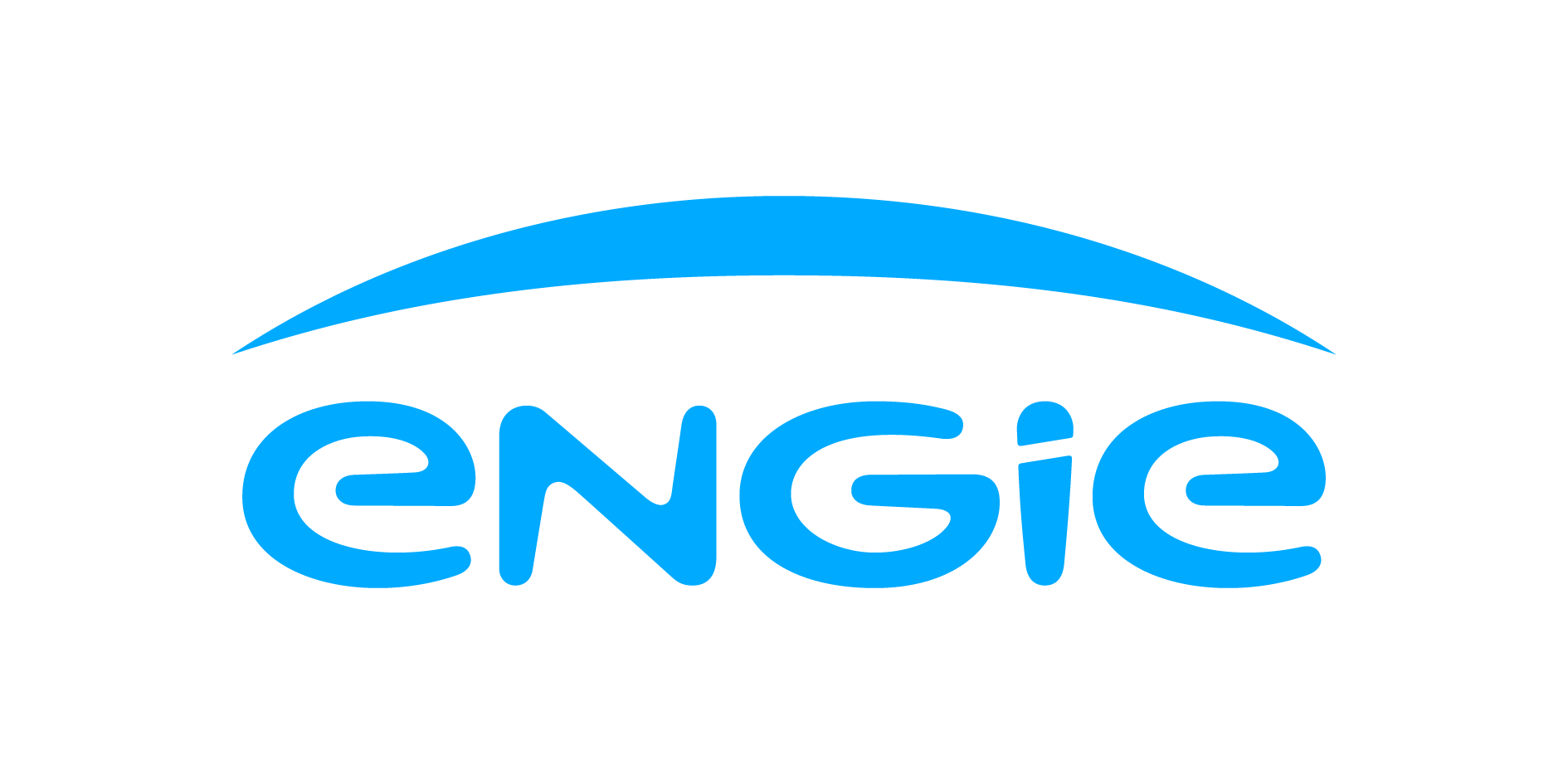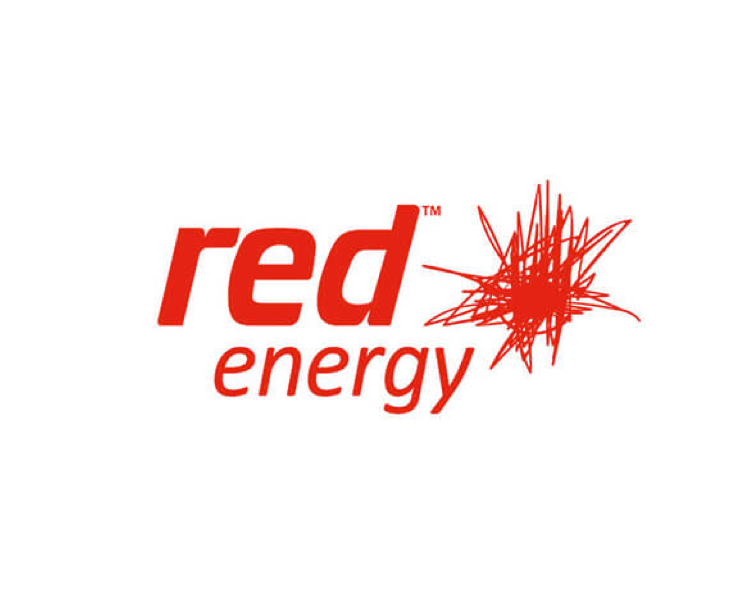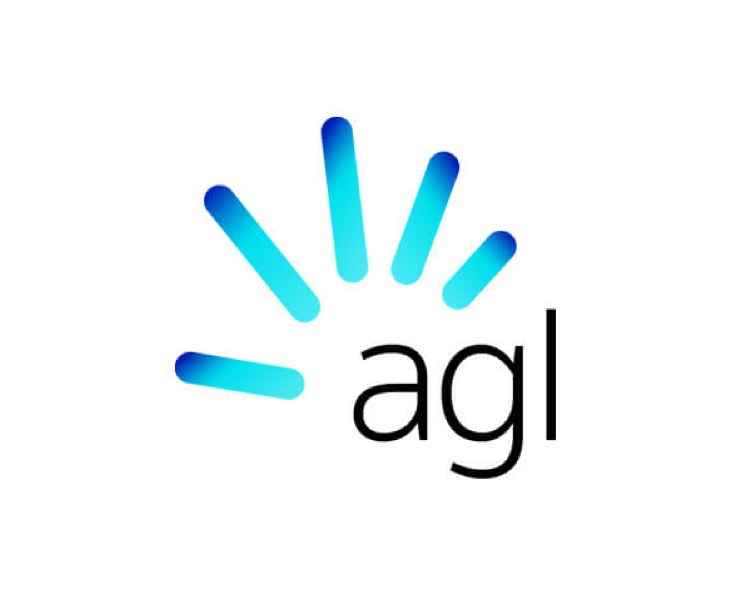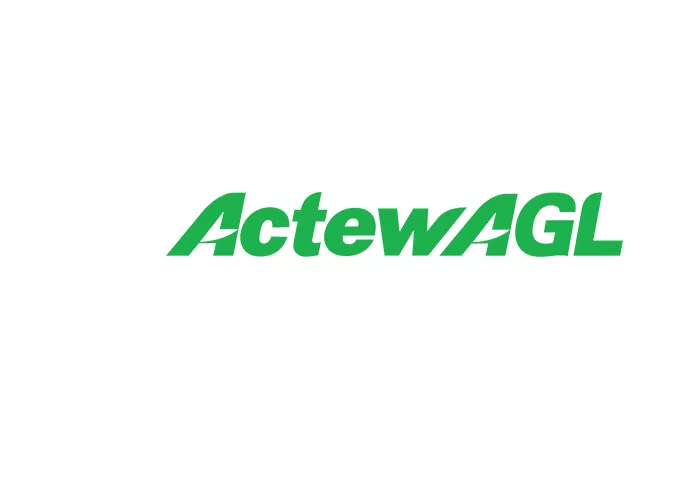See our range of Energy Providers
iSelect does not compare all providers in the market or all products offered by our partners in your area. Not all products or special offers are available to all customers and some may only be available over the phone or on the website. Learn more.
What is a Solar Energy Plan?
A Solar Energy Plan is your opportunity to go off-grid without ever leaving the city. Sort of. With your home solar panels and Solar Energy Plan, you could generate and use your own electricity, as well as sell any excess back to the grid.
Why should I compare Solar Energy Plans?
Comparing Solar Energy Plans can help you be an informed consumer, not to mention find an option that better suits your needs and improves the value you get from your solar system.
Get up to speed on Solar Energy Plans
Is a Solar Energy Plan worth it?
How can I tell if a Solar Energy Plan gives me value?
What is a feed-in tariff?
Do I need a battery?
You don’t need a battery for your solar system to enjoy a Solar Energy Plan, although a battery may help you get more value out of the plan. With a battery, you can store excess solar-generated electricity for use later, whether the sun is shining or not. You can also become part of a Virtual Power Plant, if that’s an option with your provider, to help your community run a little greener.
Your Solar Energy Plan questions answered
How do I start using Solar Energy?
To start utilising the sun’s sweet rays in your home, you’ll need a solar system that can connect to the electricity grid. This means having three major components:1Solar Victoria – Section 3: Grid-connected solar explained
- A solar panel array to capture all that sunlight and transform it into direct current (DC) electricity
- A grid-interactive inverter that turns DC electricity into the 230-volt alternating current electricity that is commonly used in appliances and devices. Just be aware that, even if the sun is shining, when the grid goes down your inverter isn’t going to work for safety purposes.
- A meter that can measure energy as it comes from and goes to the grid. If you have a smart meter, you’re all set on this one.
You definitely can add other parts to your solar system too though, like a hybrid or multimode inverter so you can have battery storage plus use power if the electricity grid goes offline.2As above
How much will my solar feed-in tariff be?
It’s a fair question to ask, it just feels unfair that there isn’t a simple answer! Ultimately, what you can expect your FiT to be will depend on where you live. Some parts of Australia have regulated minimum or set rates, whereas in other areas it’s up to the Energy Retailer to decide.
Are high feed-in tariffs always worth it?
Is it better to use excess solar electricity or sell it?
You made it, so you can decide what you do with your excess solar electricity. Use it, store it (if your system allows that) or sell it if you can export to the grid. This is your Goldilocks moment and it’s time to find your ‘just right’.
For some people, this is making the most of their solar electricity in the moment, like running appliances during the day on solar power rather than paying for peak electricity later. Others get batteries added to their solar system so that they can store solar-generated electricity for later instead. Still others prefer to export and sell their excess to get credit on their electricity bills.
Can I get rebates for solar?
The sun is well and truly shining on the future of solar. It’s only going to become more important as time goes on. This means the government wants you to get on board, and they’re willing to pay (kind of).
The Federal Government has the Small-scale Renewable Energy Scheme, which comes with incentives to install and use your new renewable energy system, whether it’s solar, wind or hydro. If you’re eligible, you can receive small-scale technology certificates (STC) for every megawatt hour generated. You can then sell these STCs to make up the costs of buying and installing the system.3Clean Energy Regulator – Small-scale technology certificates They’re kind of like NFTs but without the risk and negative environmental impact. You’ll need to act quick though; the scheme is only going to be around up to the end of 2030.4Clean Energy Regulator – Small-scale Renewable Energy Scheme
Depending on where you live within Australia and if you meet certain eligibility requirements, you could also make use of state or territory-based rebates and loans.

.svg)











